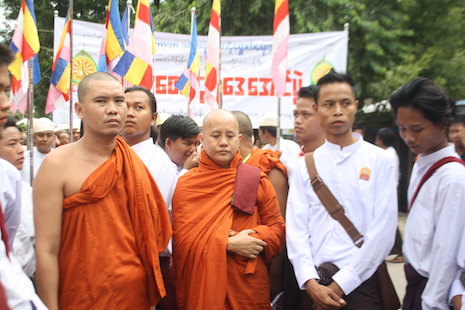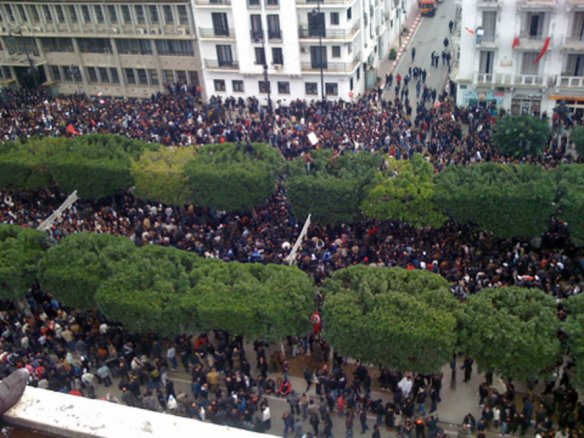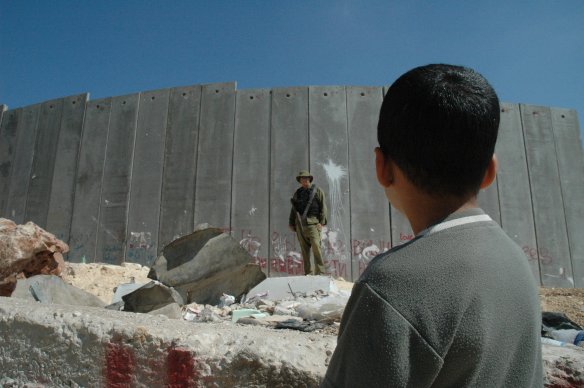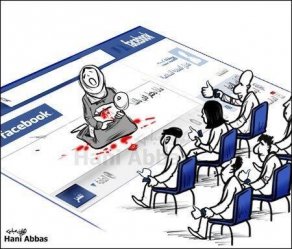Pundits and academics alike tell us that we are supremely fortunate to be living in a new “information age.” However, new findings which I present in an article in a Journal of Peace Research special issue paint a far more complicated picture of the consequences of increased human connectivity.

Linkages facilitated by social media technologies tend to be connections between friends and acquaintances. Photo: SandisterTei. Licensed under CC BY 3.0 via Commons
Ours is certainly not an age of civil peace. At this moment, neighbors are killing neighbors, in organized groups, in ongoing civil conflicts spanning at least 36 separate countries. Such violence is shocking in its brutality; but through our revulsion we tend to forget that in each of these conflicts, the lines of animosity were not simply given by nature. They were actively produced. Humans are not born knowing the difference between a ‘Serb’ police officer and a ‘Croat’ police officer, or the difference between a ‘Sunni’ mosque and a ‘Shia’ mosque. The participants had to be taught how to hate, and who to kill. In other words, the production of collective violence is always preceded by the production of a certain kind of collective idea: the idea that it is justified, or even necessary, for ‘us’ to kill ‘them.’
 The Russian military intervention in Syria—launched in a great rush just over a month ago — came as a surprise; perhaps not as shocking as the swift occupation and annexation of Crimea, but a surprise nevertheless. But does Russia’s ability to surprise and to project force in Syria prove,
The Russian military intervention in Syria—launched in a great rush just over a month ago — came as a surprise; perhaps not as shocking as the swift occupation and annexation of Crimea, but a surprise nevertheless. But does Russia’s ability to surprise and to project force in Syria prove, 



